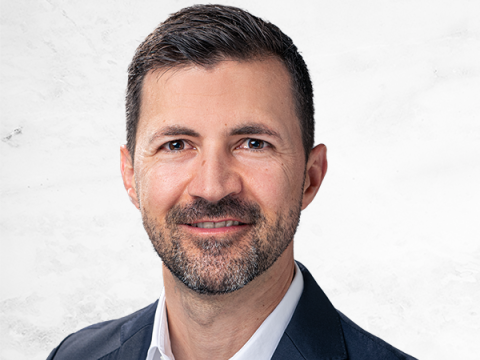In a market where change is the only constant, embedded insurance (EI) has emerged as a game-changing innovation in the insurance industry, offering a seamless and hyper-personalized insurance solution that is embedded into the end customer's purchasing journey. By enabling a worry-free, lifestyle-oriented approach, EI has the potential to revolutionize the insurance landscape. Forecasts indicate a substantial growth in the EI market, with global gross written premiums (GWP) expected to reach USD 3 trillion across all insurance lines by 20301. Despite this promising outlook, traditional insurers are still rather reluctant to embrace EI on a large scale, mainly because they fear cannibalizing their existing distribution channels.
EI should be seen as a catalyst and not as cannibalism.
The cannibalization challenge
Traditional insurers have been cautious in embracing EI due to several factors. One of the primary challenges faced by traditional insurers is their hesitance to fully embrace EI. This hesitance stems from a combination of factors, including their long-standing relationships with tied agents and brokers, the fear of cannibalizing existing distribution channels, and the complexity of transitioning to a digital, customer-centric, and data-driven business model:
- The historical significance of tied agents and brokers: Historically seen, tied agents and brokers have played a pivotal role in the distribution of insurance products acting as intermediaries between insurers and customers. Their significance can be traced back to a time when the insurance industry was heavily regulated, and differentiation among insurers was limited.
Before financial market deregulation in the late 1990s, insurance companies were bound by strict regulations that left them little freedom to compete on. The "Four Ps" of marketing were largely prescribed by authorities. Product coverage was mainly dictated by government regulations, pricing was determined by trusts and premiums fixed by authorities, and promotion was restricted, leaving insurers with limited room for differentiation.
In this highly regulated environment, the only dimension where insurers could stand out was the "Place," referring to their intermediaries, which included tied agents and brokers. As the ones closest to the end customers, these intermediaries held a position of great influence, effectively shielded by the government, as the other three Ps remained largely constant.
- The power and influence of traditional distribution networks: This historical context has left tied agents and brokers with substantial power and influence within the insurance industry, particularly in Europe. These networks often have strong lobbying capabilities and can exert significant pressure on the insurance company's headquarters. While regulatory reforms have opened competition in recent years, traditional distribution networks still wield considerable influence and resist changes that could jeopardize their position.
- The fear of cannibalization: Cannibalization is the practice of one part of a business taking customers or market share from another part, which is a major concern for traditional insurers. They worry that by fully embracing EI, they may end up cannibalizing their traditional distribution channels, potentially undermining the business relationships that have been in place for decades. This fear is not unfounded, as EI's digital and data-driven approach can indeed attract customers who may have previously relied on traditional agents and brokers. Insurers are concerned that tied agents and brokers may lose business to EI, leading to conflicts of interest and potential resistance from these critical stakeholders.
To maintain harmony with their traditional distribution networks, insurers have been hesitant to fully embrace EI. They fear that prioritizing EI could erode the business of tied agents and brokers, potentially leading to conflicts of interest and resistance within their organizations.
🔍 What is covered in the full article:
- In-depth analysis on how to overcome cannibalization: Explore tailored strategies that address the cannibalization challenge head-on, enabling traditional insurers to embrace EI without jeopardizing existing relationships.
- The optimal solution approach: Discover our visionary approach for a synergistic co-existence of EI and traditional distribution channels, designed to unlock unprecedented growth and innovation in the insurance sector.
To gain the insights needed to navigate the complexities of EI and position your organization at the forefront of the industry's evolution, access the full article PDF now.
Stay ahead of the curve by understanding the nuances of EI and implementing strategies that lead to a brighter, more prosperous future for the insurance industry. If you're seeking guidance or further insights into EI strategies, our team at Synpulse is here to assist. Contact us to start the conversation.
1 Embedded Insurance Market Research, Torrance S. and Synpulse, 2023.



